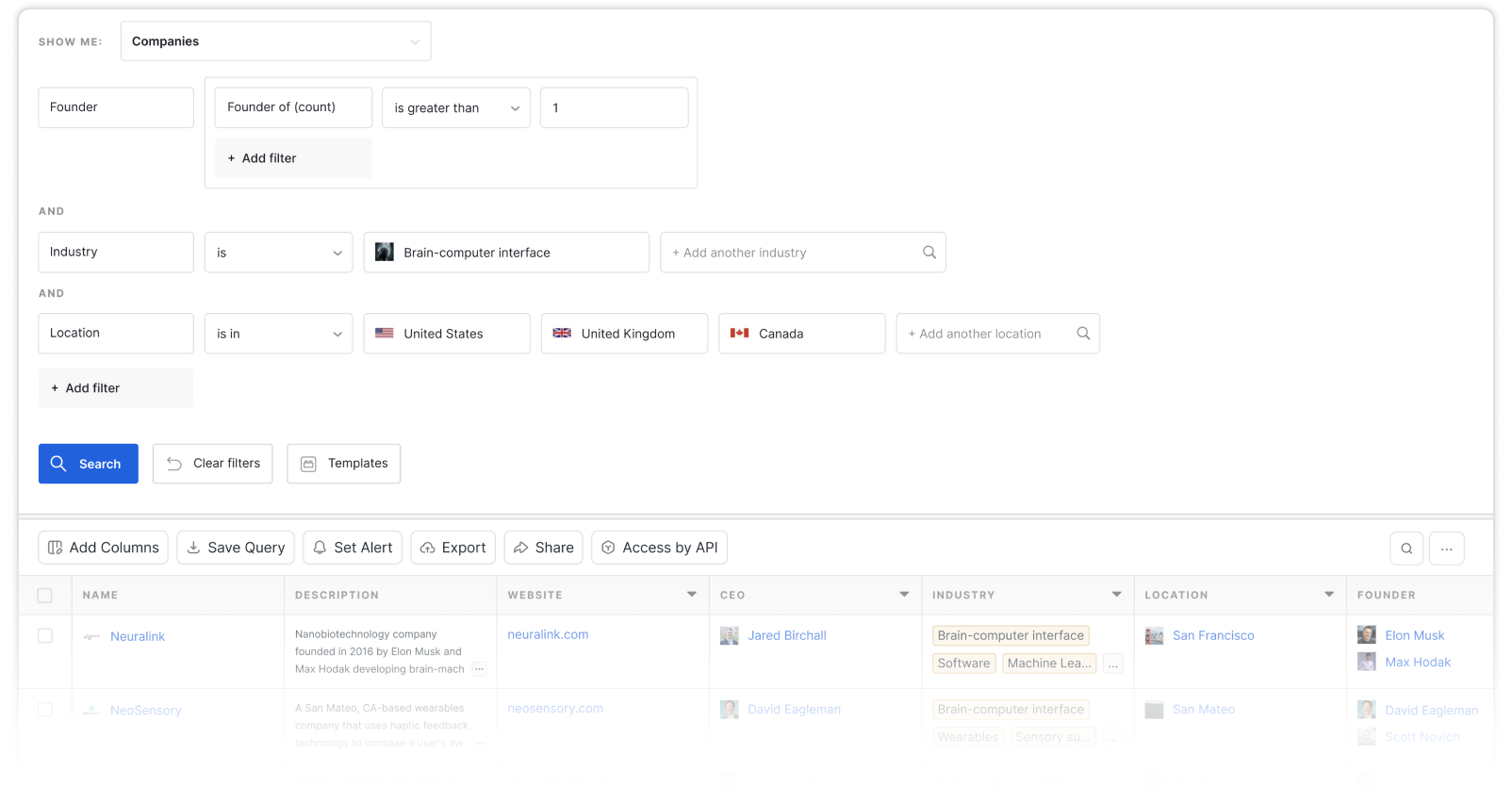US Patent 7817635 SIP header reduction
All edits
A SIP header reduction protocol operating on a communication network to compress the SIP header fields on SIP control messages used to initiate a SIP communication session. The new protocol is implemented on the mobile use equipment (UE) (301) and P-CSCF proxy SIP server (302). The prior SIGCOMP compression dictionary is used to compress those header field parameters defined by the SIGCOMP dictionary. A new 3G Dictionary is implemented with header field parameters for several wireless specific data elements and parameters necessary to access various wireless technologies and services which are missing from the SIP/SDP based SIGCOMP dictionary. Finally, an Encoding Assistant (EA) (310, 355) function is implemented on the UE and P-CSCF that operates a standard encoding and decoding of SIP message header fields to reduce those SIP header fields that are dynamic over time but are essentially static in terms of most user communication. The EA parameters can be updated periodically, while the 3G and SIGCOMP dictionary are static and not updated.




